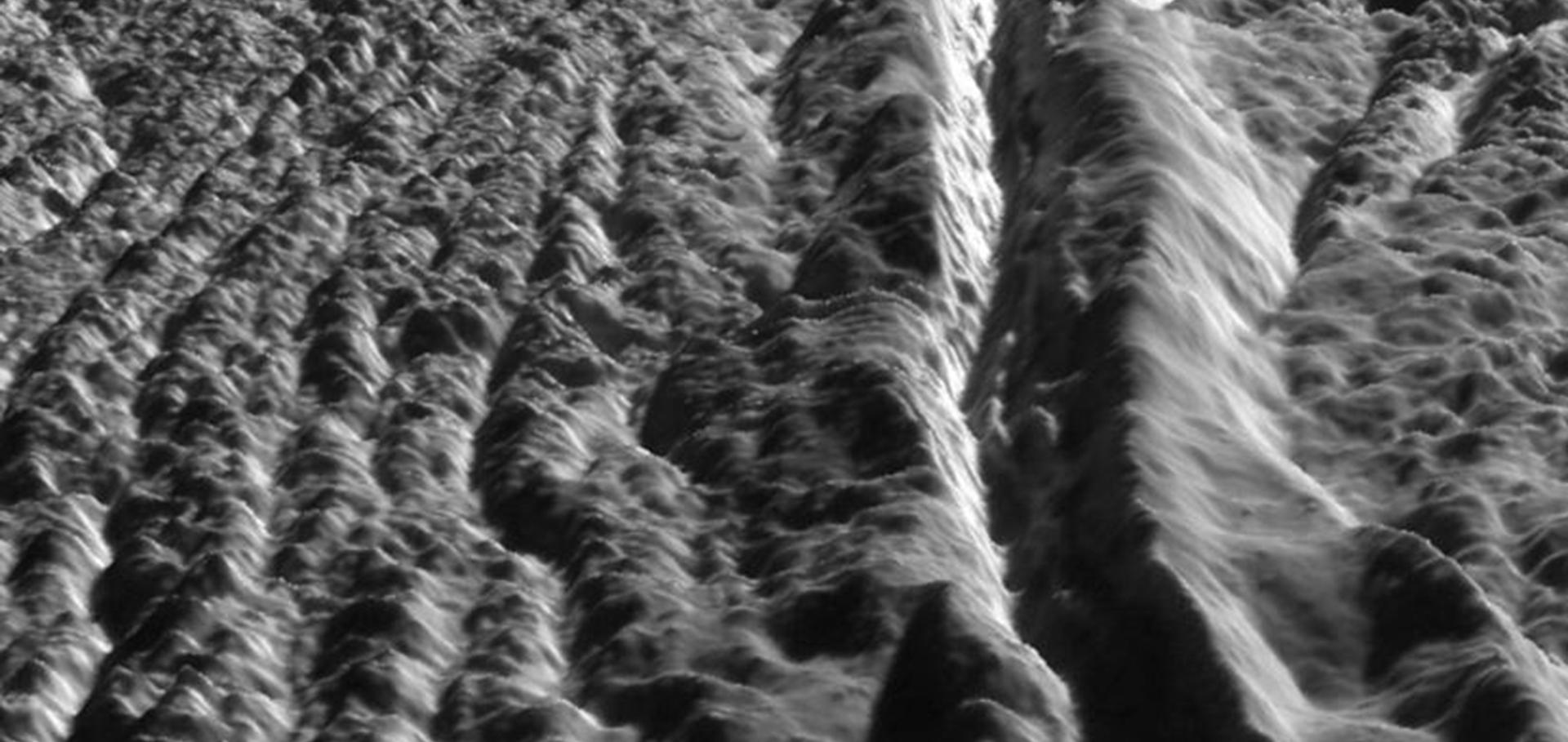Extreme exospheric dynamics at Charon: Implications for the red spot
Geophysical Research Letters Wiley 49:8 (2022) e2021GL097580
Abstract:
Charon's exosphere may exhibit extreme seasonal dynamics, with centuries of quiescence punctuated by short lived (∼4 earth years) exospheric surges near the equinoxes, as spring sunrise bi-annually drives frozen methane off the polar night zones. Charon's pole-centric red spot has been proposed to be the product of Ly-α photolysis of frozen methane into refractory hydrocarbon “tholins”, but the role of exospheric dynamics in the red material's formation has not been investigated. We show with exospheric modeling that methane “polar-swap”, in which exospheric CH4 sublimated from the spring polar zone is rapidly re-frozen onto the autumn hemisphere, deposits ∼30 μm polar frosts too thick for Ly-α light to penetrate. Ethane, the primary methane photoproduct under these conditions, may unlike methane remain frozen decades after polar sunrise under solar wind exposure. Solar wind radiolysis of polar ethane frost synthesizes higher-order refractories that may contribute to the coloration of Charon's polar zones.Hypotheses for Triton's plumes: New analyses and future remote sensing tests
Icarus Elsevier 375 (2022) 114835
Tracing seasonal trends across Pluto’s craters: New Horizons Ralph/MVIC results
Icarus Elsevier 373 (2022) 114771
Hypotheses for Triton's Plumes: New Analyses and Future Remote Sensing Tests
(2021)

